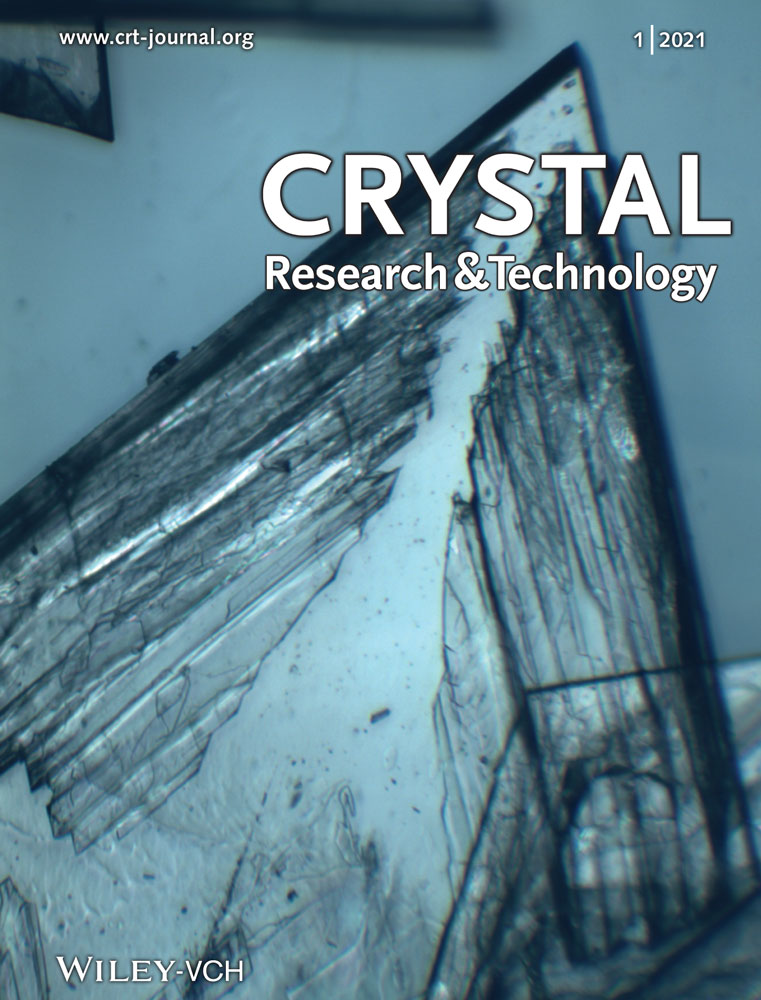Effects of Al2(SO4)3 and K2SiO3 Impurities on the Crystallization of K2SO4 from Aqueous Solution
Abstract
The results of an investigation of the effect of Al2(SO4)3 and K2SiO3 impurities on the crystallization of K2SO4 from aqueous solutions are described and discussed. The metastable zone width (MSZW) of K2SO4 aqueous solutions, without and with known concentrations of the impurities, saturated at 40 and 60 °C is determined, using ultrasonic sensor by the controlled solution cooling method at predefined cooling rates R. It is observed that the value of the MSZW of the two types of saturated solutions increases with an increase in the cooling rate R and the concentration Ci of the two impurities. The experimental data of the dependence of MSZW on cooling rate and impurity concentration are analyzed by an approach based on the classical 3D nucleation theory. The results showed that: 1) both impurities suppress the formation of 3D nuclei by physically blocking the active sites on their surfaces, 2) Al2(SO4)3 impurity is more effective than K2SiO3 impurity, and 3) the purity of the K2SO4 crystals is insignificantly affected by these impurities, but the morphology and size of the obtained crystals are influenced strongly by Al2(SO4)3 impurity.
Conflict of Interest
The authors declare no conflict of interest.




